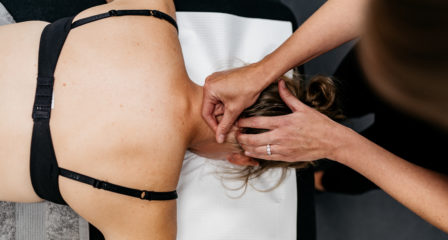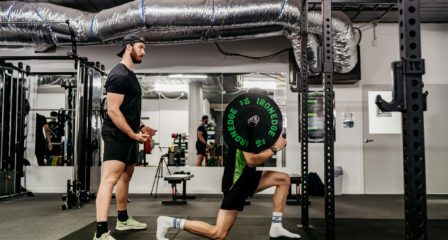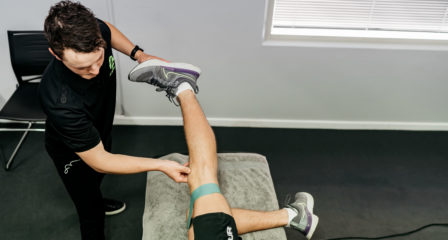
Bone Stress Injuries
What are they?
Bone stress injuries are a relatively common presentation in physically active populations, accounting for an incidence of 9.7% in female athletes and 6.5% in males athletes. Whilst they can affect any bone, 80-95% occur in the lower extremities (Pegrum et al., 2014).
Bone is constantly broken down and rebuilt in a process called ‘bone remodelling’. Mechanical stresses applied to bone through physical activity affects the remodelling process. Appropriately programmed training, particularly strength and high impact training, may stimulate bone formation and slow bone resorption (i.e. breakdown). However, when training loads are excessive, the cumulative mechanical stress placed on bone can result in resorption exceeding the rate of bone formation. As a result, bone tissue becomes weaker and more vulnerable to injury. In individuals with impaired bone remodelling (i.e., athletes with disordered eating), seemingly normal loads may be sufficient for resorption to exceed bone formation and result in injury.
Bone stress injuries lie on a continuum, ranging from stress reactions through to distinct fractures. The former being characterised by bone oedema without the presence of a visible fracture line on imaging. Low grade stress reactions may occur without the presence of symptoms.
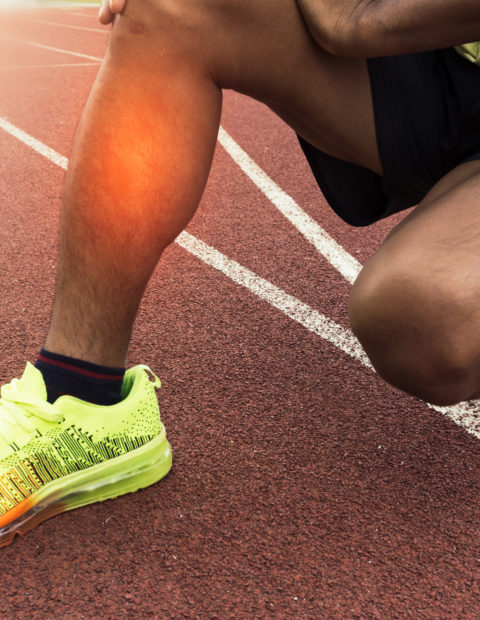
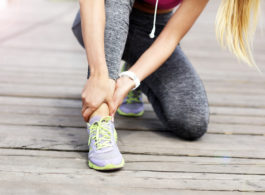
Common sites of Bone Stress Injuries
- Pelvis
- Tibia
- Femur
- Navicular
- Calcaneus
- Metatarsals
Symptoms commonly associated with Bone Stress Injuries
Typically, onset of the following symptoms will occur in response to an increase or sustenance of high training load or physical activity:
- Gradual onset of pain around the affected area
- Pain which worsens with activity and eases with rest
- Tenderness on palpation
In more severe cases, the following symptoms may also be present:
- Swelling of surrounding soft tissue structures
- Night time or resting pain
Contributing Factors associated with Bone Stress Injuries
INTRINSIC FACTORS
– Prior stress fracture
– Oligo/amenorrhea (Female)
– Early or late onset age of menarche (Female)
– Low lean body mass
– High fat body mass
– Ages 12.5 – 34
– Low bone mineral density
EXTRINSIC FACTORS
– Low vitamin D intake
– Low energy availability/weight loss
– New or excessive exercise patterns (particularly duration/frequency)
– Biomechanical factors: high longitudinal arch, leg length discrepancy, excessive forefoot varus, foot anomalies
Considerations in the management of Bone Stress Injuries
SHORT TERM
- Decrease bone loading
Management will depend entirely on the location and extent of the injury. For instance, significant bone stress fractures through weight bearing bones, such as the navicular, may require complete rest and non-weight bearing for a period of time. Whereas a bone stress response in the fibula may simply require training modification.
- Address metabolic contributing factors to bone stress injury
Subsequent referral to various healthcare practitioners may be required to assist in addressing the contributing factors to the development of a bone stress injury. For instance, a GP or endocrinologist opinion may be required if there are concerns for hormonal issues or other pathological processes that impair bone remodelling. Referral to a dietitian should be considered if there are nutritional deficiencies.
- Maintain fitness/strength
It is important to continue exercising whilst the injury site is being offloaded to prevent deconditioning. Open kinetic chain exercises can be great for this (i.e. knee extensions for patients with foot stress fractures).
- Soft tissue techniques/dry needling
These modalities can assist with soreness and discomfort in surrounding tissues.
LONG TERM
- Load management
If excessive load was identified as a contributing factor, then adjusting training volume post injury is vital. This may include scheduling rest days, reducing the frequency of high intensity sessions or programming de-load weeks, ultimately giving bone tissue more time to recover from training.
- Strengthening/plyometrics
If programmed well, strength and plyometric training are a great way to develop bone mass. Furthermore, this may also address biomechanical factors which predispose athletes to bone stress injury.
- Run technique
There are variances in running technique which may increase load directed through bones. Modification of technique may reduce the magnitude of load going through bones during running.
Effective management of bone stress injuries depends highly on the site of injury and severity.
The number one priority is allowing the bone tissue to recover, followed by addressing the specific risk factors which contributed to the development of the injury.
If you have any questions please don’t hesitate to call or book an appointment online.
Explore our physiotherapy services
Musculoskeletal
Physiotherapy
At The Injury Clinic Physiotherapy, we work closely with our clients to get them back doing the things they love as soon as possible.
Sports
Physiotherapy
The Injury Clinic Physiotherapy works with recreational to elite athletes to keep them injury free and achieving their goals.
Dry
Needling
All physiotherapists at The Injury Clinic Physiotherapy are qualified and experienced in dry needling as a treatment technique.
Running Related Injuries
Physiotherapists at The Injury Clinic Physiotherapy have a special interest in the diagnosis and management of running-related injuries.
Women's Health
Physiotherapy
We have physiotherapists with a special interest in Women's Health, including pre and post partum presentations. Let us work with you to stay fit, active and healthy.
Pre & Post-Operative
Physiotherapy
Physiotherapists at The Injury Clinic Physiotherapy work closely with surgeons to ensure best outcomes post surgery.
Injury Q&A
Our clinicians have been answering all your questions!
Running Analysis
The goal of a running analysis is to identify aspects of your technique that may be contributing to injury or impacting on efficiency.
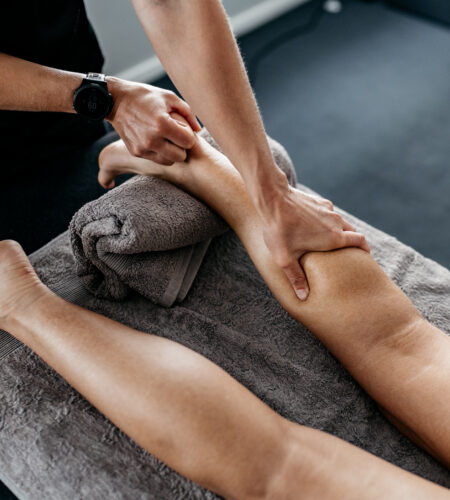

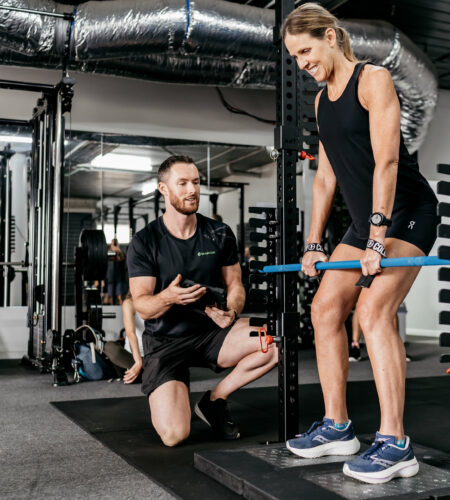

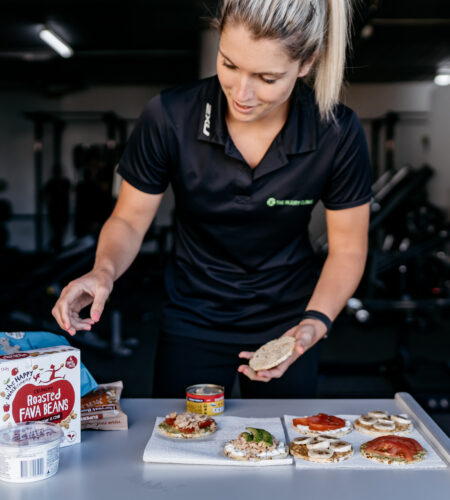

Schedule your next visit
If you’re interested in booking an appointment with one of our team members, contact our clinic today and we’ll be happy to find time for a consultation.
Schedule Consult
